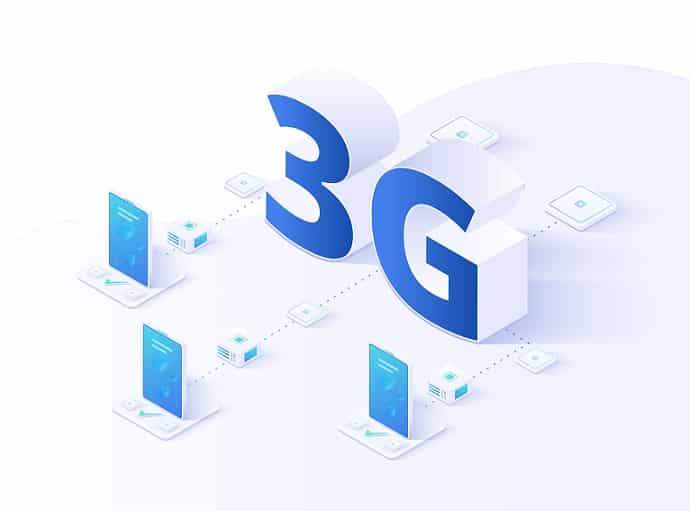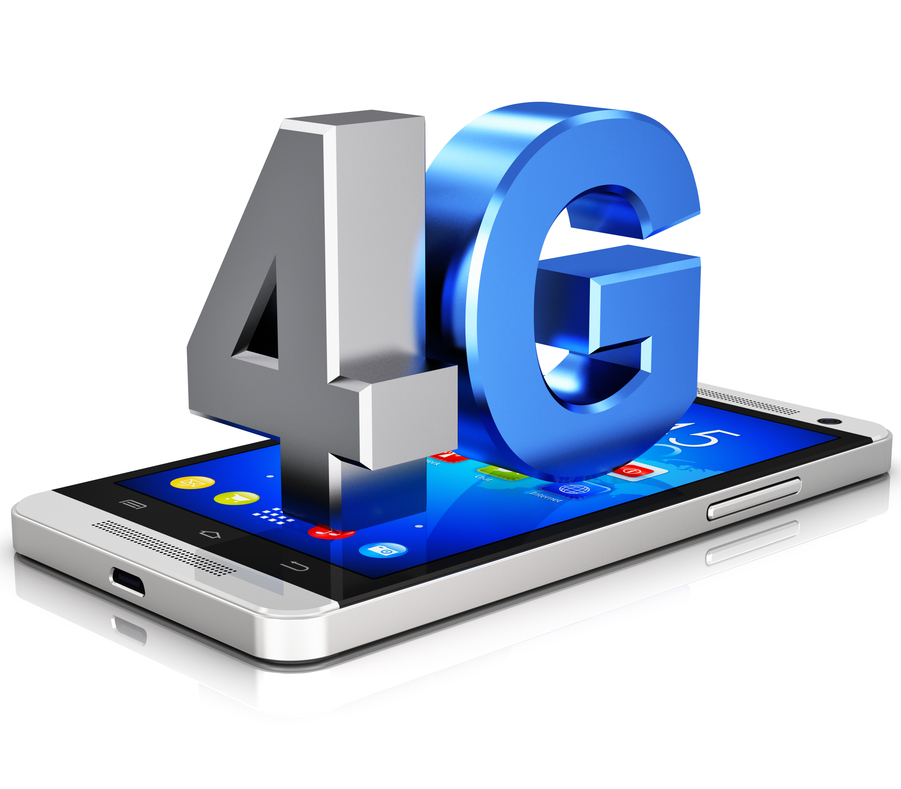Development from 1G to 4G (LTE)
In the present context of 21st century the communication has become vital. Truly speaking, it is the era of Information and Communication
Technology (ICT). Wireless communication is a rapidly growing segment of the communications industry, with the potential to provide high-speed high-quality information exchange between portable devices located anywhere in the world. Till now many mobile radio standards have been developed for wireless communication through the world and many other standards are likely to emerge. The mobile communication standards are categorized as 1G, 2G, 3G, 4G etc.
1G
It all started with 1G, the first generation of wireless telephone technology and mobile telecommunications.Introduced sometime in the 19802 s, 1G network usedanalog signals, as opposed to digital signals used by all the successive generations of mobile technologies.
In 1G network, voice calls were simply modulated to a higher frequency, typically to 15OMHz and up. The multiple access technique used in 1G system is FDMA/FDD. The first commercially available cellular network using 1G standard was introduced by NTT (Nippon Telegraph and Telephone) in 1979 in Japan.

2G
The second generation, 2G, was commercially launched for the GSM standard in 1991 by Radiolinja, currentlyy known as Elisa Oyi, in Finland. It is most widely used standard throughout the world till now.The main features of 2G networks are
1)Digitally encrypted signals. Enhanced data rates and greater privacy.
2)TDMA/FDD and CDMA/FDD.
3) Two revisions or additions to this generation are sometimes referred to 2.5G and 2.75G. The combined
Short Messaging Service (SMS).
introduction of GPRS (General Packet Radio Services) and the usage of CDMAone networks collectively came to be known as 2.5G. GPRS provided data transfer rates from 56-115kbit/s. So, services like WAP (Wireless Application Protocol) and MMS (Multimedia Message Service) were introduced.
3G
The third generation, 3G, was introduced by NTT DoCoMo in Japan, in 2001. Although initially limited in scope, it was a leap forward. 3G used completely different radio frequencies from 20, so it required different equipment to achieve the new high data transfer rates. Also, the enormous costs of additional spectrum licensing fees delayed the introduction of 3G in many countries. The main features are: 1) 2) 3) 4) As with 2G, minor evolution of the standards resulted in 3.5G and 3.75G. Again, these standards allowed for higher data transfer rates, exceeding 2Mbits/s, reaching about 14Mbits/s. The next generation, 4G mobile phones are all set to provide data transfer rates of 100Mbit/s to 1Gbit/s, which is mind boggling, to say the least. Such speeds are not even present in wired networks commercially. 3G has already been launched in Nepal. Nepal Telecom became the first to do so in South Asia. Nepal Telecom is proving the service in pre paid and post paid SIMs. But to access these services, a 3G compatible mobile phone is required. 3G is the current generation of mobile .Data transfer rates are 384kbits/s to 2Mbits/s.Video calls, video conferencing facilities. Mobile TV, online gaming. Greater security and privacy,telecommunication standards. There are a bunch of technologies that fall under 3G, like WCDMA, EV- DO, and HSPA and others.

4G
In telecommunications, 4G is the fourth generation of cellular wireless standards. It is a successor to the 3G and 2G families of standards. In 2008, the ITU-R Organization specified the IMT-Advanced(International Mobile Telecommunications Advanced) requirements for 4G standards, setting peak speed requirements for 4G service at 100 Mbit/s for high mobility communication (such as from trains and cars) and 1 Gbit/s for low mobility communication (such as pedestrians and stationary users). A 4G system is expected to provide a Comprehensive and secure all-IP based mobile broadband solution to laptop computer wireless modems, smart phones, and other mobile devices. Facilities such as ultra- broadband Internet access, IP telephony, gaming services, and streamed multimedia may be provided tousers. PRE-4G technologies such as mobile WiMAX and Long Term Evolution (LTE) have been on the market since 2006 and 2009 respectively, and are often branded as 4G. In contrast to the circuit-switched modal of previous mobile systems, LTE has been designed to support only packet-switched services. Its aim to provide seamless IP connectivity between user equipment (UE) and packet data network (PDN) without any disruption to the end user applications during mobility.

Comment Here!